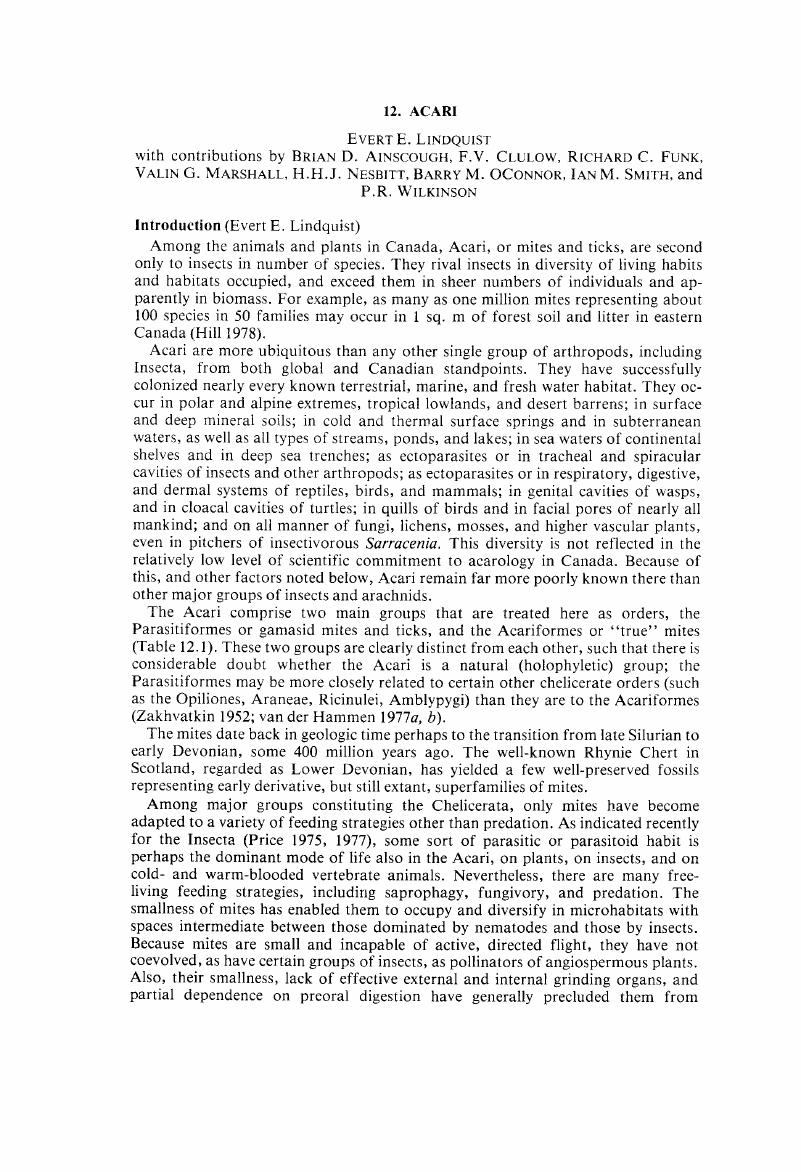Crossref Citations
This article has been cited by the following publications. This list is generated based on data provided by Crossref.
Norton, Roy A.
Kethley, John B.
Johnston, Donald E.
and
OConnor, Barry M.
1993.
Evolution and Diversity of Sex Ratio.
p.
8.
Momen, F.
Abou-Elela, M.
Metwally, A.
Naser, A.
and
Saleh, KH.
2011.
Biology and feeding habits of the Predacious mite,Lasioseius lindquisti(Acari: Ascidae) from Egypt.
Acta Phytopathologica et Entomologica Hungarica,
Vol. 46,
Issue. 1,
p.
151.
Heron, Jennifer
and
Sheffield, Cory
2016.
First Canadian record of the water mite Thermacarus nevadensis Marshall, 1928 (Arachnida: Acariformes: Hydrachnidiae: Thermacaridae) from hot springs in British Columbia.
Biodiversity Data Journal,
Vol. 4,
Issue. ,
p.
e9550.
Heikal, Hany Mohamed
2020.
Parasitus fimetorum and Macrocheles muscaedomesticae (Acarina:Parasitidae, Macrochelidae) as Natural Predators of the Root Knot Nematode, Meloidogyne javanica Treub.
Egyptian Journal of Biological Pest Control,
Vol. 30,
Issue. 1,
Bernard, Jared
Lumley, Lisa M.
Buck, Matthias
and
Cobb, Tyler P.
2020.
A new species of rake-legged mite, Caeculus cassiopeiae (Prostigmata, Caeculidae), from Canada and a systematic analysis of its genus.
ZooKeys,
Vol. 926,
Issue. ,
p.
1.





